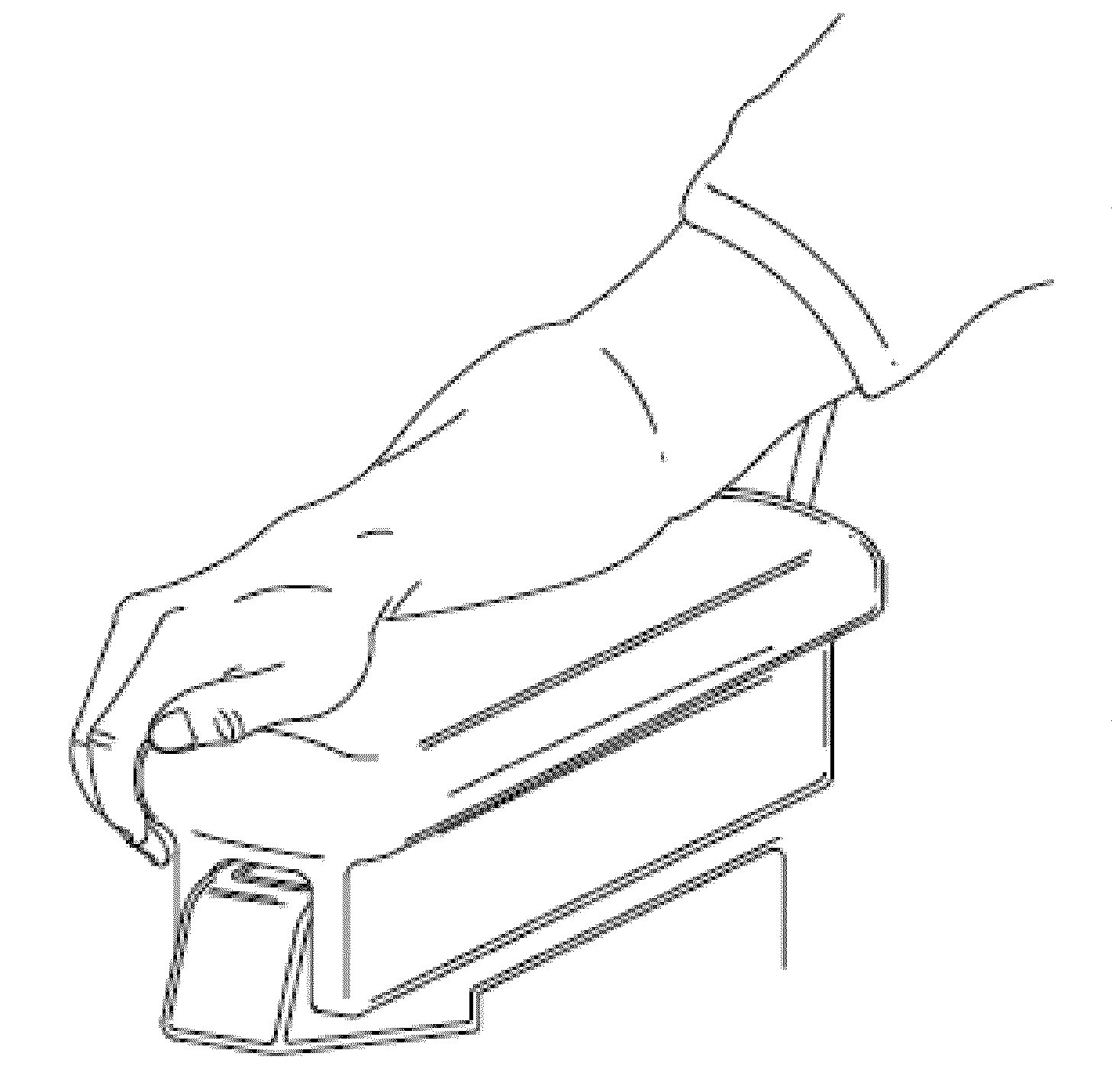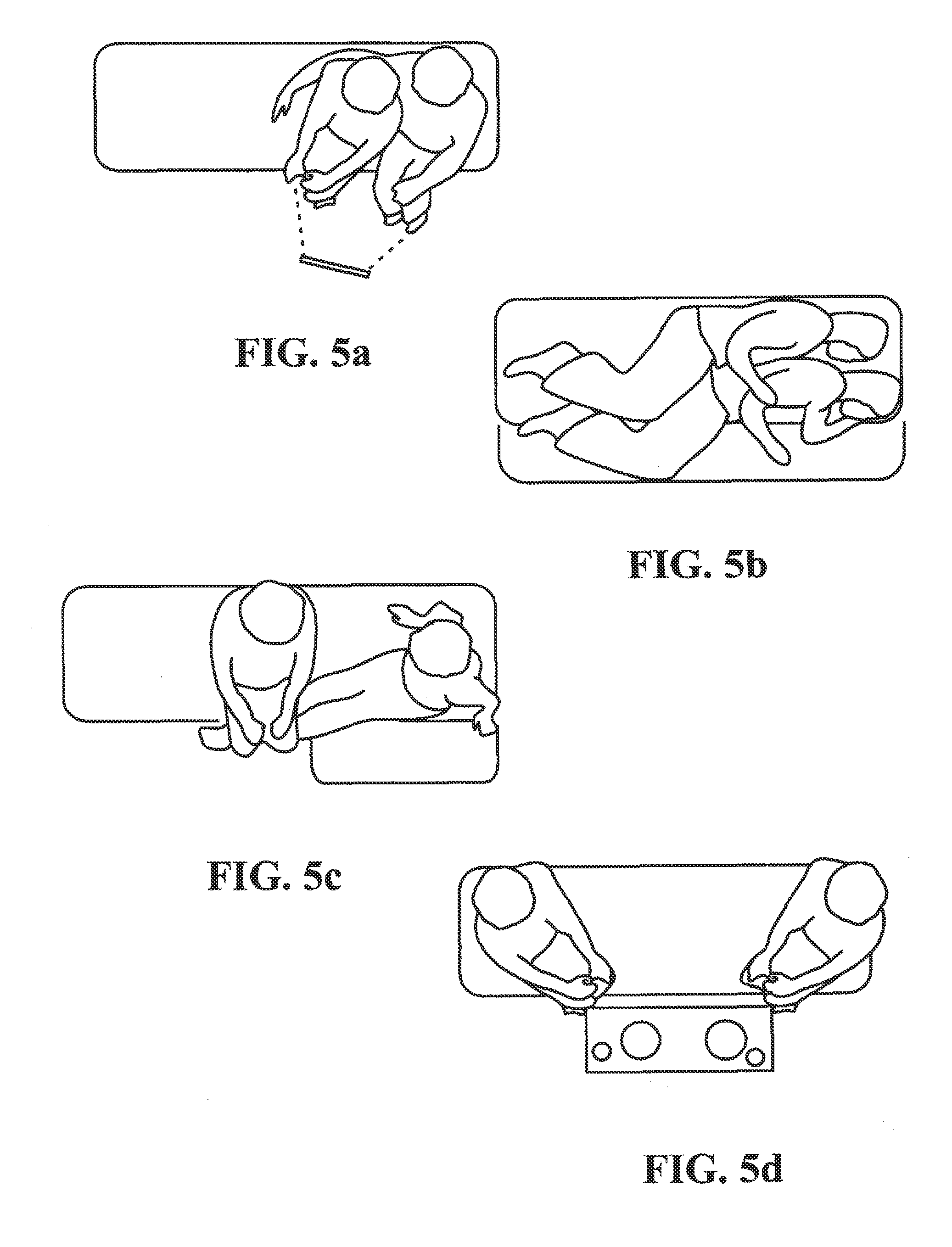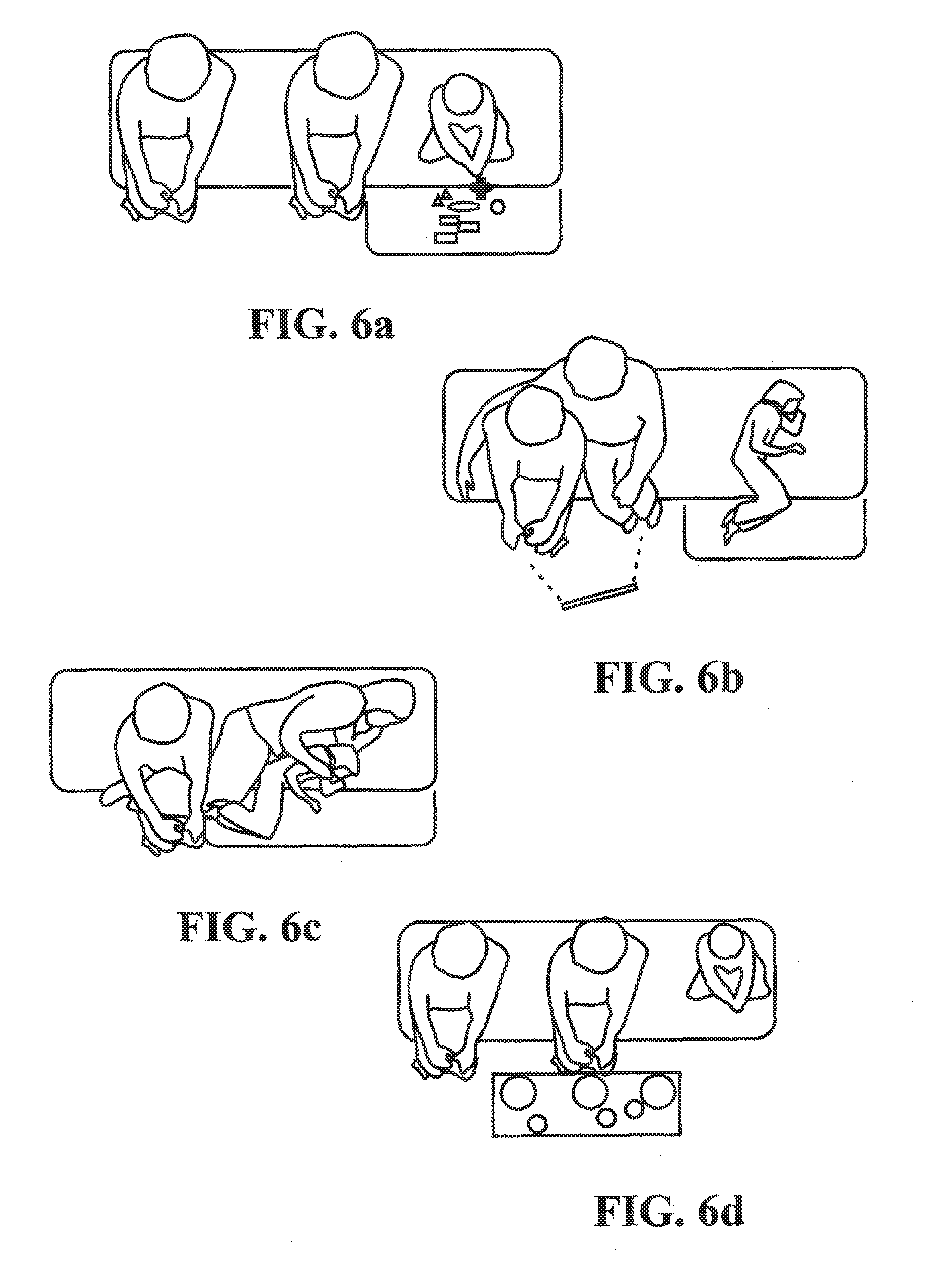Comfort

"Comfort is not simply the absence of discomfort, and indeed both can occur at the same time.” 2
︎︎︎ Related entries:
Airplane Seat
Armrest
Jet Lag
Jetiquette
︎ Random Entry
Tags: experience, proxemics,
sensory (visual, acoustic, thermal),
psychology
Airplane Seat
Armrest
Jet Lag
Jetiquette
︎ Random Entry
Tags: experience, proxemics,
sensory (visual, acoustic, thermal),
psychology
Though related, perceptions of comfort and discomfort can be understood as independent entities that are associated with different factors [1, 2]. Vink, et al. explains the following inputs as factors influencing human comfort and discomfort: history, state of mind, visual input, environmental factors (e.g. smell, noise, temperature and humidity), pressure distribution, and posture and movements [3].
![]()
The armrest, and the ambiguity of who gets to use it, is a commonly noted source of discomfort. Some passengers go as far to bring onto the plane an armrest widening product to combat this discomfort.
In the context of seat design, for example, discomfort is related to biomechanical fatigue while comfort is more associated with aesthetics and a general feeling of well-being [2]. In fact, people have difficulty distinguishing between seats of different ergonomics quality, due to the body’s poor sensory feedback capabilities from ligaments, joints, and the spine, but will easily perceive and differentiate aesthetic features relating to comfort and relaxation [4]. In that end, passenger perception may be more influenced by aesthetics and appearance of comfortable features than the specific ergonomic factors of the seat design.
Passenger experiences can range from extreme comfort to extreme discomfort. The overall well-being of the passenger is influenced by physiological and psychological factors [5]. Some examples of physiological factors include sensory and environmental conditions (e.g. thermal, lighting, acoustic environment, etc.); psychological factors include concerns of crowding, speed of processing, security, and privacy [1]. Studies evaluating the passenger experience in the airport [6] and the aircraft cabin [7, 8. 9] have developed questionnaires to quantify passenger preferences, and mapping systems that classify and weigh the various factors against one another.

The armrest, and the ambiguity of who gets to use it, is a commonly noted source of discomfort. Some passengers go as far to bring onto the plane an armrest widening product to combat this discomfort.
In the context of seat design, for example, discomfort is related to biomechanical fatigue while comfort is more associated with aesthetics and a general feeling of well-being [2]. In fact, people have difficulty distinguishing between seats of different ergonomics quality, due to the body’s poor sensory feedback capabilities from ligaments, joints, and the spine, but will easily perceive and differentiate aesthetic features relating to comfort and relaxation [4]. In that end, passenger perception may be more influenced by aesthetics and appearance of comfortable features than the specific ergonomic factors of the seat design.
Passenger experiences can range from extreme comfort to extreme discomfort. The overall well-being of the passenger is influenced by physiological and psychological factors [5]. Some examples of physiological factors include sensory and environmental conditions (e.g. thermal, lighting, acoustic environment, etc.); psychological factors include concerns of crowding, speed of processing, security, and privacy [1]. Studies evaluating the passenger experience in the airport [6] and the aircraft cabin [7, 8. 9] have developed questionnaires to quantify passenger preferences, and mapping systems that classify and weigh the various factors against one another.
In the airport, psychological comfort was strongly influenced by attributes such as seating, crowding, speed of processing in queues, and anxieties surrounding security and passage of time. Among environmental factors, thermal conditions ranked as one of the most important parameters of indoor physiological comfort, followed closely by lighting conditions, and then acoustic environment, air quality, and humidity levels [6]. Because of the nature of air travel, where outdoor temperatures dictate clothing levels worn indoors, and passengers may be going to or from vastly different weather conditions, thermal comfort proved difficult to achieve by following typical architectural guidelines for indoor spaces. Thermal condition is one of those factors which contribute greatly to discomfort, but less so to comfort; Thermal comfort is extremely important until it is satisfied, and then it is completely forgotten and not prioritized [2].
In the aircraft cabin, passenger surveys have specifically highlighted proximity to neighbors, perception of hygiene, and crew attention as key psychological factors determining one’s comfort [7, 10]. In particular, invasion of personal space is a critical source of discomfort for aircraft passengers. While many of these invasions often take the form of physical encroachments, other types of sensory factors, including smells, noise or eye contact contribute to the accumulation of discomfort [11].
![]()
Having individual control over one’s environmental factors (e.g. lighting), independently from one’s seatmates, contributes to one’s sense of comfort.
In the aircraft cabin, passenger surveys have specifically highlighted proximity to neighbors, perception of hygiene, and crew attention as key psychological factors determining one’s comfort [7, 10]. In particular, invasion of personal space is a critical source of discomfort for aircraft passengers. While many of these invasions often take the form of physical encroachments, other types of sensory factors, including smells, noise or eye contact contribute to the accumulation of discomfort [11].

Having individual control over one’s environmental factors (e.g. lighting), independently from one’s seatmates, contributes to one’s sense of comfort.

 Using inspiration from how families use
a couch at home, these diagrams imagine how
triple seating in airplanes could be used by a family
to maximize comfort.
Using inspiration from how families use
a couch at home, these diagrams imagine how
triple seating in airplanes could be used by a family
to maximize comfort.
- Ahmadpour, Naseem, Jean-Marc Robert, and Gitte Lindgaard. 2016. “Aircraft Passenger Comfort Experience: Underlying Factors and Differentiation from Discomfort.” Applied Ergonomics 52 (January): 301–8.
- Helander, M., and L Zhang. 1997. “Field Studies of Comfort and Discomfort in Sitting.” Ergonomics 40 (9): 895–915.
-
Vink, P., C. Bazley, I. Kamp, and M. Blok. 2012. “Possibilities to Improve the Aircraft Interior Comfort Experience.” Applied Ergonomics 43 (2): 354–59.
-
Helander, Martin G. 2003. “Forget about Ergonomics in Chair Design? Focus on Aesthetics and Comfort!” Ergonomics 46 (13–14): 1306–19.
-
Kremser, F., F. Guenzkofer, C. Sedlmeier, O. Sabbah, and K. Bengler. 2012. “Aircraft Seating Comfort: The Influence of Seat Pitch on Passengers’ Well-Being.” Work (Reading, Mass.) 41 Suppl 1: 4936–42
- Kotopouleas, A, and M. Nikolopoulou. 2018. “Evaluation of Comfort Conditions in Airport Terminal Buildings.” Building and Environment 130 (February): 162–78.
- Tao, Xinyi, Siyu Ren, and Ting Han. 2018. “Mapping System Between Passenger Experience and the Factors of Aircraft Cabin Design.” In Digital Human Modeling. Applications in Health, Safety, Ergonomics, and Risk Management, edited by Vincent G. Duffy, 10917:109–25. Cham: Springer International Publishing.
-
Jia, Susu, Dayi Lai, Jian Kang, Jiayu Li, and Junjie Liu. 2018. “Evaluation of Relative Weights for Temperature, CO2, and Noise in the Aircraft Cabin Environment.” Building and Environment, no. 131: 108–16.
-
Pennig, Sibylle, Julia Quehl, and Vinzent Rolny. 2012. “Effects of Aircraft Cabin Noise on Passenger Comfort.” Ergonomics 55 (10): 1252–65.
-
Vink, Peter. 19. Aircraft Interior Comfort and Design. 1st ed. Ergonomics Design & Mgmt. Theory & Applications. CRC Press.
- Lewis, L, H. Patel, M. D’Cruz, and S. Cobb. 2017. “What Makes a Space Invader? Passenger Perceptions of Personal Space Invasion in Aircraft Travel.” Ergonomics 60 (11): 1461–70.